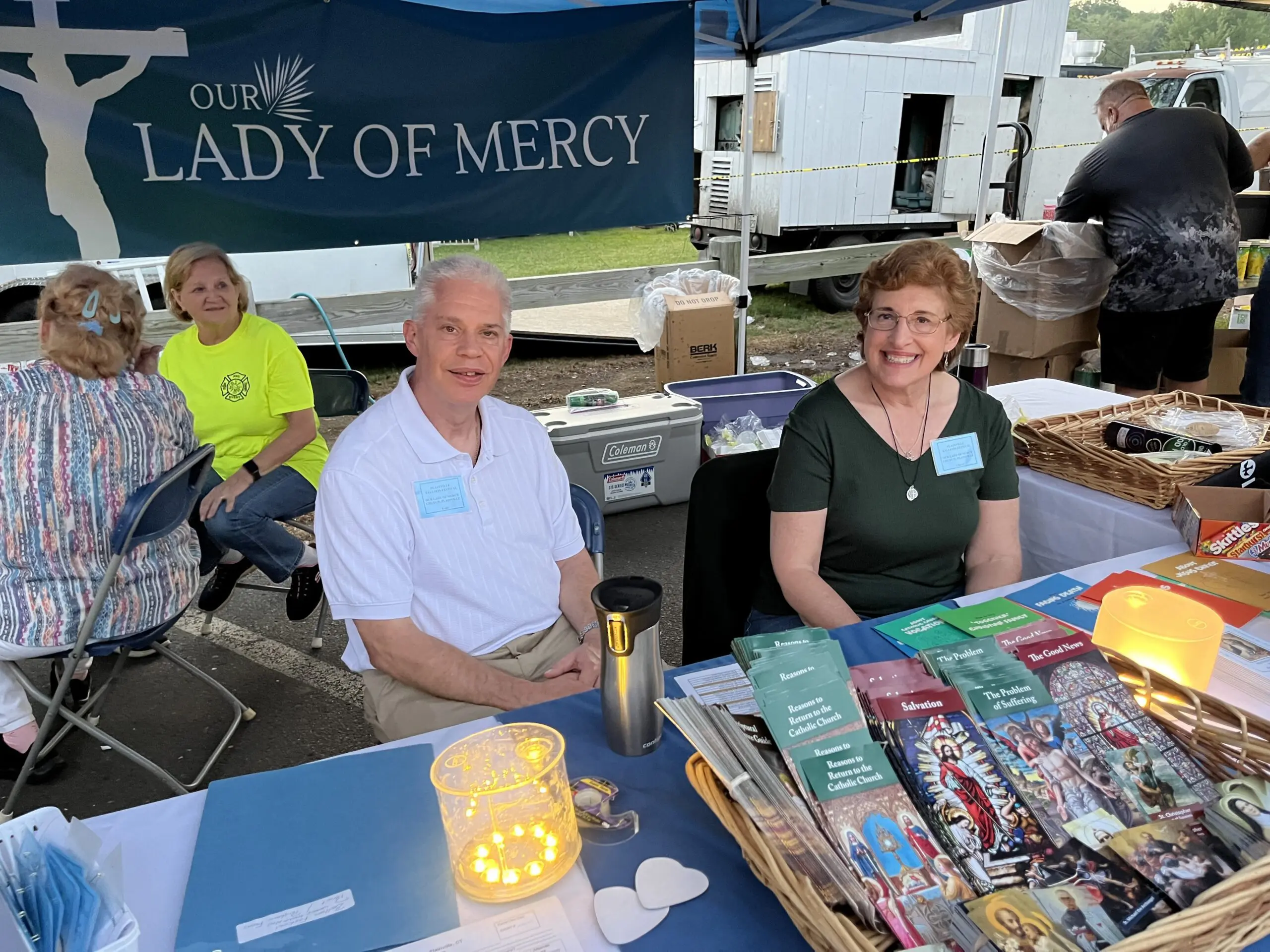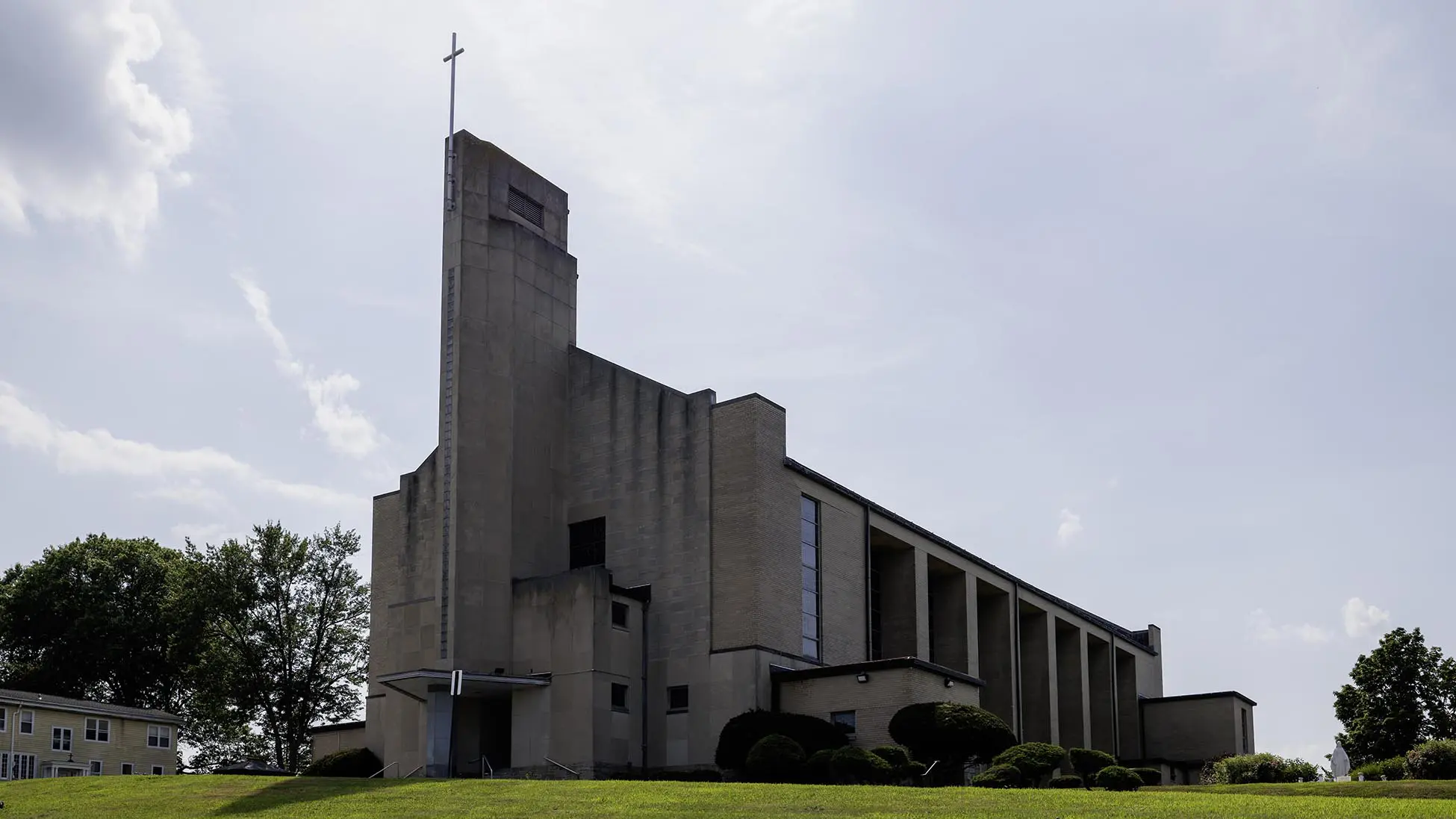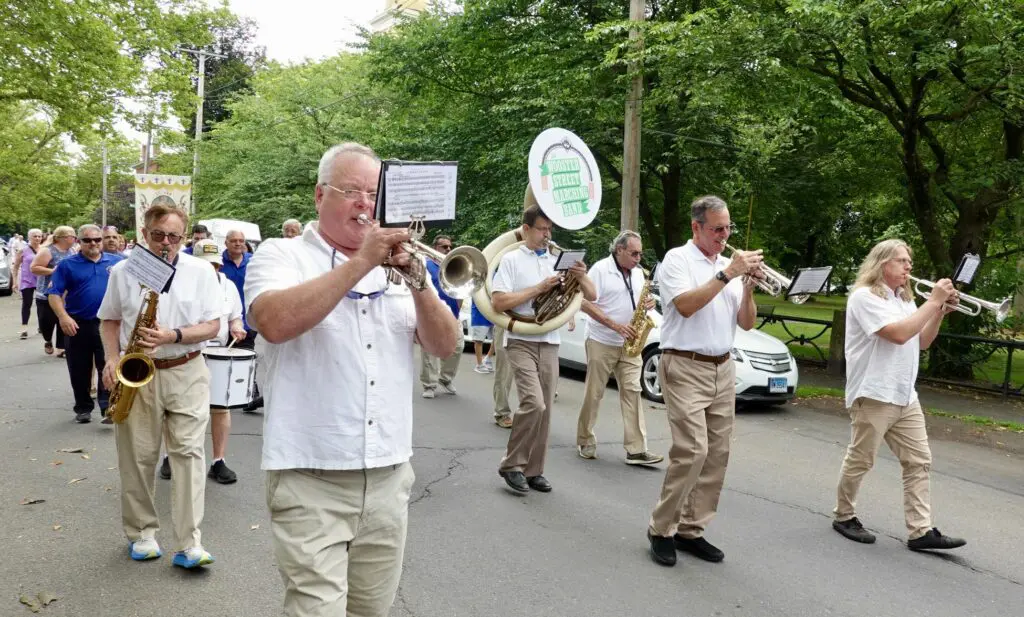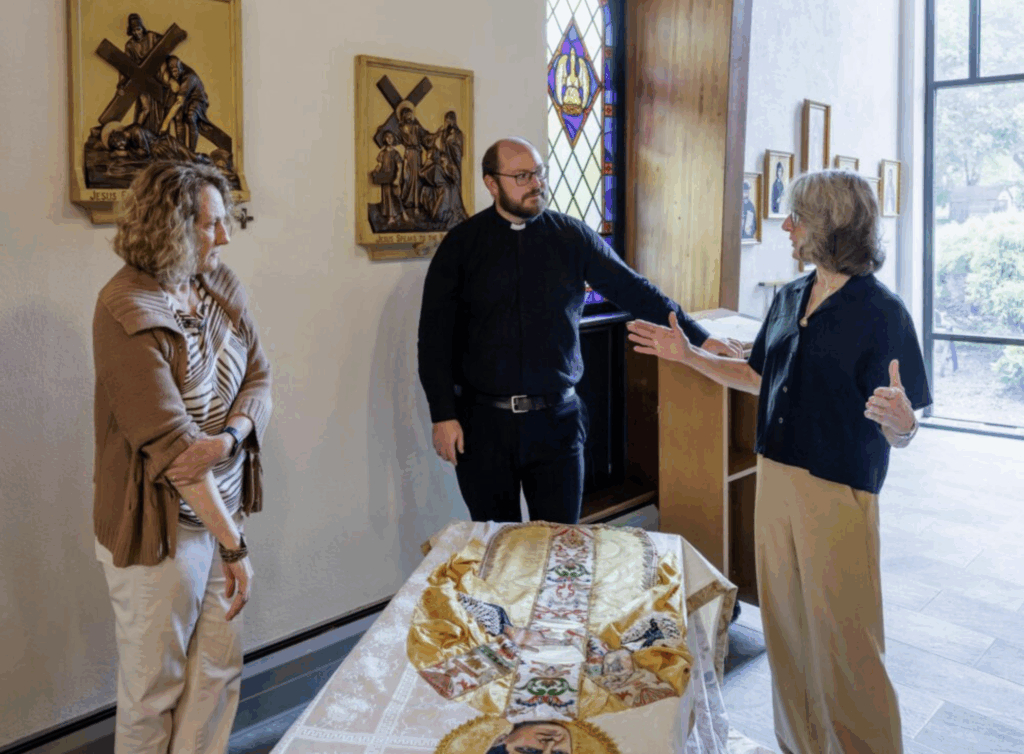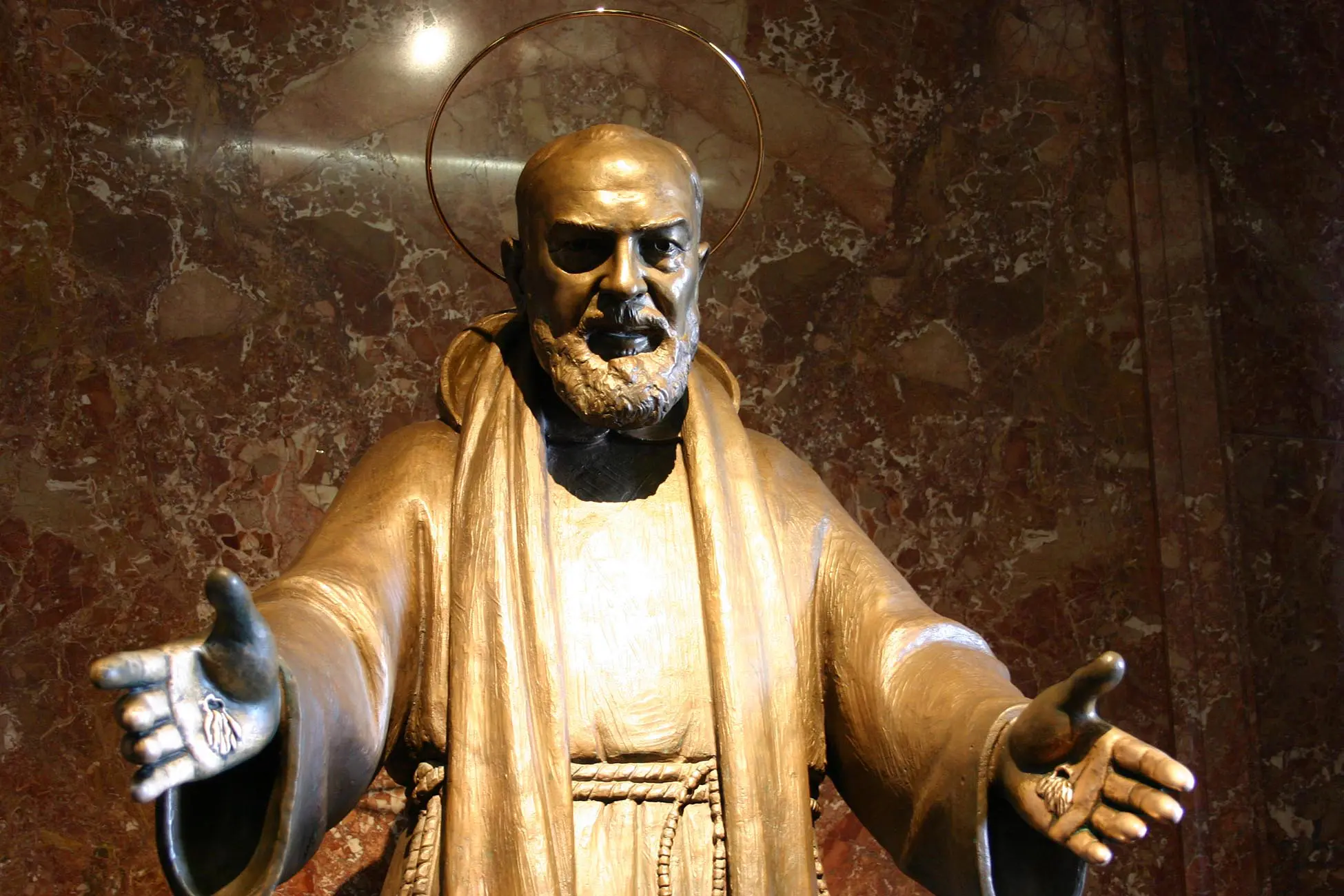Spiritual renewal evenings set for lectors, extraordinary ministers of Holy Communion.
Story by Joe Pisani
As part of a continuing formation program, the Office of Worship for the Archdiocese of Hartford is offering upcoming evenings of reflection and formation for lectors and extraordinary ministers of Holy Communion.
“These two-hour sessions are offered around the Archdiocese as a way to gather to reflect on their ministry, pray together and perhaps learn something new about their ministry,” says Josh Perry, director of the Office of Worship, who will be conducting them.
Seven sessions for extraordinary ministers will be offered in September. Lectors will also be able to participate in seven evenings geared toward them that will occur in October. Anyone interested in learning more about becoming a lector or extraordinary minister is encouraged to attend.
The evenings for extraordinary ministers of Holy Communion will include an opening prayer, reflections, formation best practices and guidelines.
Sessions for lectors will offer techniques to prepare for delivering the readings beforehand, Perry says, adding, “How do you get to know the reading? Pray with the readings and practice them at home.”
Perry was recently appointed in his role. “As the new director, I’ve had the privilege and honor of joining a number of the parishes around the Archdiocese for weekend Masses,” he says. “I’m grateful to you for your willingness to share your gifts with the communities you serve, and it is my prayer that you continue to find your ministry as lectors and extraordinary ministers of Holy Communion life-giving and spiritually enriching.”
The evenings of reflection and formation for lectors were started last year by Father Michael Ruminski, former director of the Office of Divine Worship and former pastor of Sacred Heart Parish in Bloomfield. He was recently assigned as pastor of St. Thomas & St. Timothy Parish in West Hartford.
For lectors, Father Ruminiski says, it is important to “gain a greater appreciation of the spiritual and theological dimensions of what they do when they stand at the ambo and read the Word of God.”
“When the Scripture is proclaimed at Mass, God is speaking to us, and so the better we proclaim it and the better we understand how to proclaim it, the more easily we’ll be able to respond to that communication from God,” Father Ruminski adds. “This is especially true in the Gospel, which is why there’s veneration and incense and standing because we’re greeting the Gospels as if Christ is at the ambo.”
Later this year, Perry plans of offering the sessions for both lectors and extraordinary ministers of Holy Communion in English, Spanish and Vietnamese. To see the schedule for the upcoming workshops and to sign up, visit archdioceseofhartford.org/evening-of-reflection. For questions, call Perry at 860.578.1427 or email him at josh.perry@aohct.org. Parishioners interested in learning more about becoming a lector or extraordinary minister of Holy Communion may also speak with their pastor.


